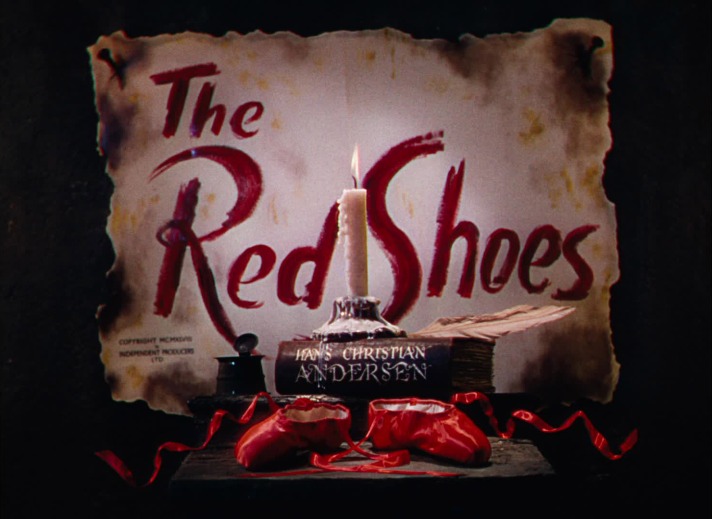A critique of Matthew Bourne’s ballet production.
Image 3

Matthew Bourne’s The Red Shoes
Matthew Bourne’s production of the Red Shoes follows the story of a young woman who must choose between ambition and love. This version of the Red Shoes shows an aspiring ballet dancer making her debut in a fairy-tale production featuring the red ballet shoes that begin to possess her. She then escapes with her love only to return and be possessed by the shoes once again. Lez Brotherston’s costume and set design brings an original modern interpretation of the 1948 Powell and Pressburger film.[1] The scenography is simple yet highly effective as a production, the giant curtain repeatedly used throughout the production is impressive to watch move electronically in a way that breaks the stage up into different scenes and spaces. This is also the most colourful piece of scenery as simple white backgrounds are used to signify the fairy-tale production within the ballet itself. This helps to convey the ballet in a way that brings more detail to the performers themselves rather than trying to take in all the scenery around them.
The costumes are also well crafted with elements of semiotics to indicate when the characters are performing in the fairy-tale and when they are in the reality world of the ballet. These are things such as the extras wearing all the same costumes during the fairy-tale and different costumes during reality. It is understood in the story that the director (Lermontov) of the fairy-tale fires the main characters Vicky and Julian when they marry. Matthew Bourne’s interpretation from my point of view suggests that this is due to jealousy on Lermontov’s part. However, the original suggests that ‘there is not a moment when he displays any sexual feelings.’[2] This is one of the differences that I have noticed between the two versions of the same story.
Image 4

Christian Anderson ‘The Red Shoes’
From what I have seen Bourne’s production has some similarities with the original however, the film is much more detailed and complex than the ballet production – understandably so considering the time of both productions. There is much more detail and many more costume changes within the film, and Brotherston has created his own version of Vicky’s dress – adding red to the bodice and distressing the skirt making it appear as though it is made from feathers and nothing else. And of course, the main attribute to the film remains the same throughout all adaptations – the red shoes.
[1] Brown, Mark, Matthew Bourne takes a risk on the Ballet version of The Red Shoes, The Guardian; https://www.theguardian.com/stage/2016/apr/05/matthew-bourne-risk-ballet-version-the-red-shoes-film
[2] Ebert, Roger, The Red Shoes, Roger Ebert: http://www.rogerebert.com/reviews/great-movie-the-red-shoes-1948
